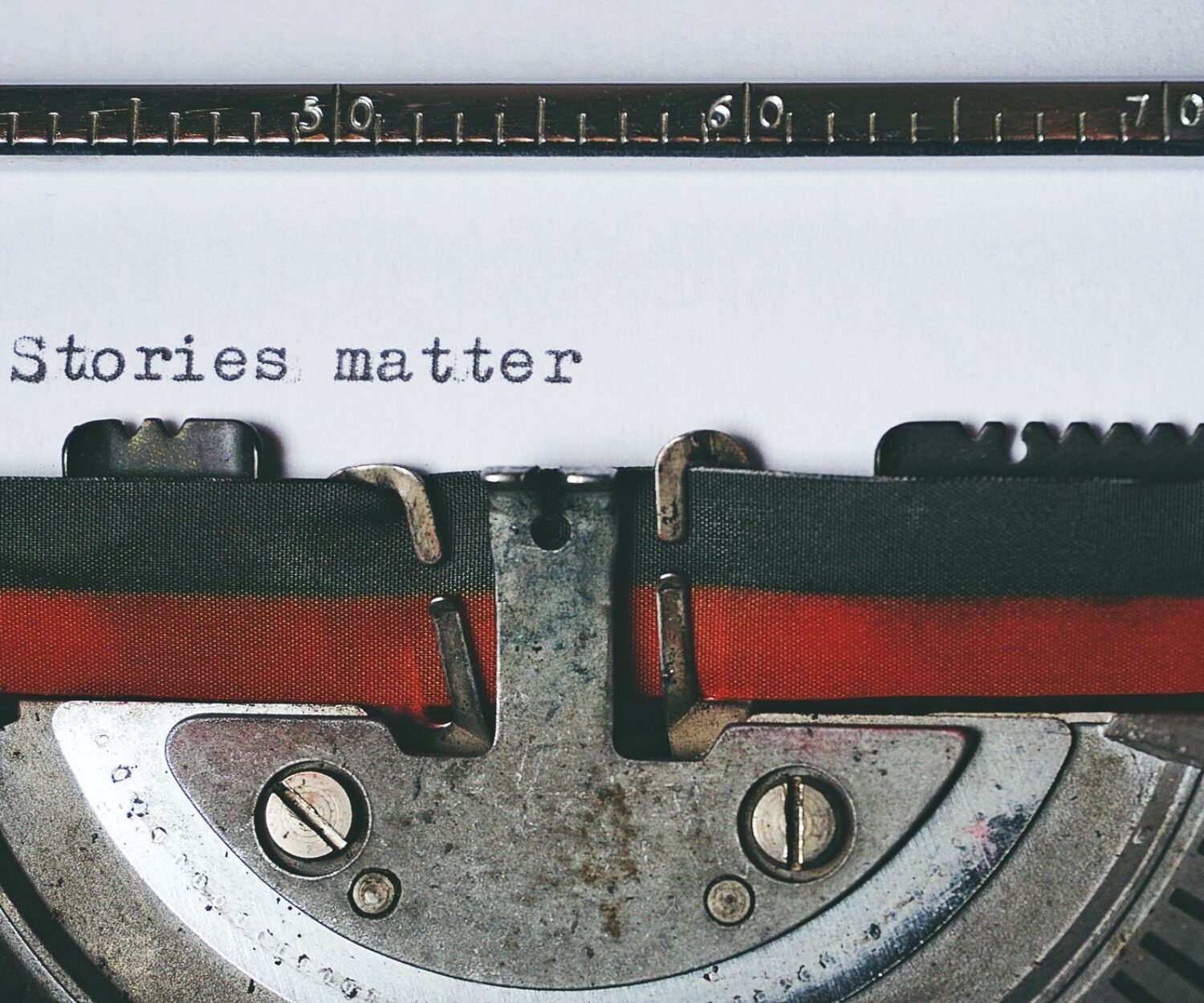Importance of Characters Arc
What are Character Arcs?
Change is inevitable. Everything changes in the world including people. Therefore, it’s important for the characters in the stories should change too. The character arc is nothing but a transformation a character or a number of characters go through in a story. Without character arcs there will be no emotional or psychological evolvement and characters will not create any impact or touch the hearts of viewers. The audience connects with characters that go through a change in the course of drama by making them laugh, cry and think. K M Weiland in her book Creating Character Arcs talks about three basic character arcs:
- The Positive Arc
- The Negative Arc
- The Flat Arc
Before jumping into details of character arcs, we must understand character’s Want and Need.
Character’s Wants and Needs:
As Weiland explains in her book, the writer must know what the character want (externally) and what the character needs (internal). The want is something physical (money, power, love, house, career etc.) and need is the realization (self-realization, happiness, contentment) that the character gets after going through the inner change. However, the character’s want will trigger him to pursue his need. The character’s arc changes as the story progresses and reaches its crescendo at the end of the story. The multiple main characters in one story or movie can have different characters arcs depending on their beliefs.
The Importance of Creating Character Arcs:
Character arcs are important to stories just as food for body. No creature on earth can survive without eating forever; hence no story can engage or entertain if there won’t be any external and internal change in a character. Without character arc, there is no story but situation, and situations don’t reveal characters, engage, entertain or move us, stories do. Therefore, the main characters in each story should have an arc depending on story’s dramatic theme and genre.
Types of Character Arcs:
- The Positive Arc – This is the most common arc. In positive arc, the main character’s beliefs and perspective to see the world change at the end of the story. In the beginning of the story the main character believes the lie (about himself or the world around him), his belief and his perspective are limited. But as the story progresses, the character’s beliefs are shaken and the lie he believed is challenged. He starts exploring the truth and starts pursuing his ‘want’ but external forces of antagonist stop him. This also triggers his inner change and he realizes his ‘need’. Eventually, the character defeats the antagonist and becomes a better person by going through an inner transformation. He may or may not get what he ‘wanted’ but he surely gets what he ‘needed’. He evolves as a better person. His beliefs are changed and the lie he believed about himself and the world around him in the beginning of the story fades away and he accepts the truth and his life is changed forever.
- The Flat Arc – In some stories the main character behaves as a Catalyst that brings the change around him. In Flat Arc stories, the main character is already aware of the truth and goes through a very little or no inner change at all. He is already a complete and awakened person at the beginning of the story and strives to change the world or people around him. In such stories the main character also goes through conflict and faces antagonist, as the conflict and drama remain the integral parts of the storytelling; but at the end the main character does not change, but the people or world around him change.
- The Negative Arc – This arc is completely opposite to the positive arc. In negative arc, the main character either rejects the truth or the truth he discovers is tragic and he falls pray to misery and suffering. The negative arcs can be divided into three categories:
A. The Disillusionment Arc – Character believes lie – Overcomes lie – New truth is tragic.
B. The Fall Arc – Character believes lie – Clings to lie- Rejects new truth believes stronger/worse lie.
C. The Corruption Arc – Character sees truth- Rejects truth- Embraces lie.
Conclusion:
The character arcs are crucial to storytelling because they define characters that connect with the audience on deeper emotional and psychological levels. A movie without a character arc can still be about a protagonist who wants something and fights with antagonist but he won’t go through the inner change. Therefore, in order to tell stories that connect, engage, entertain and impact the audience, the character arcs are important.


